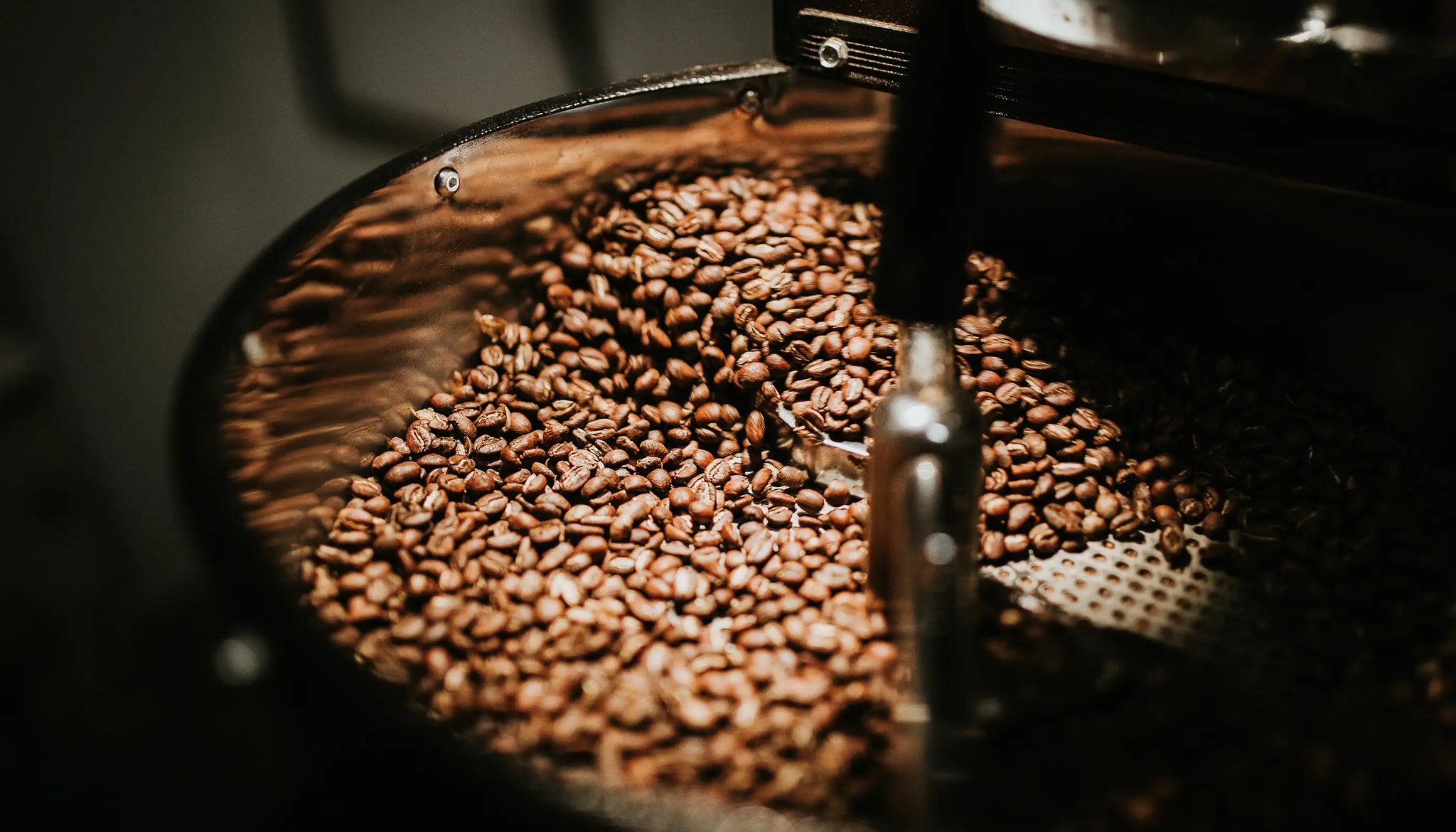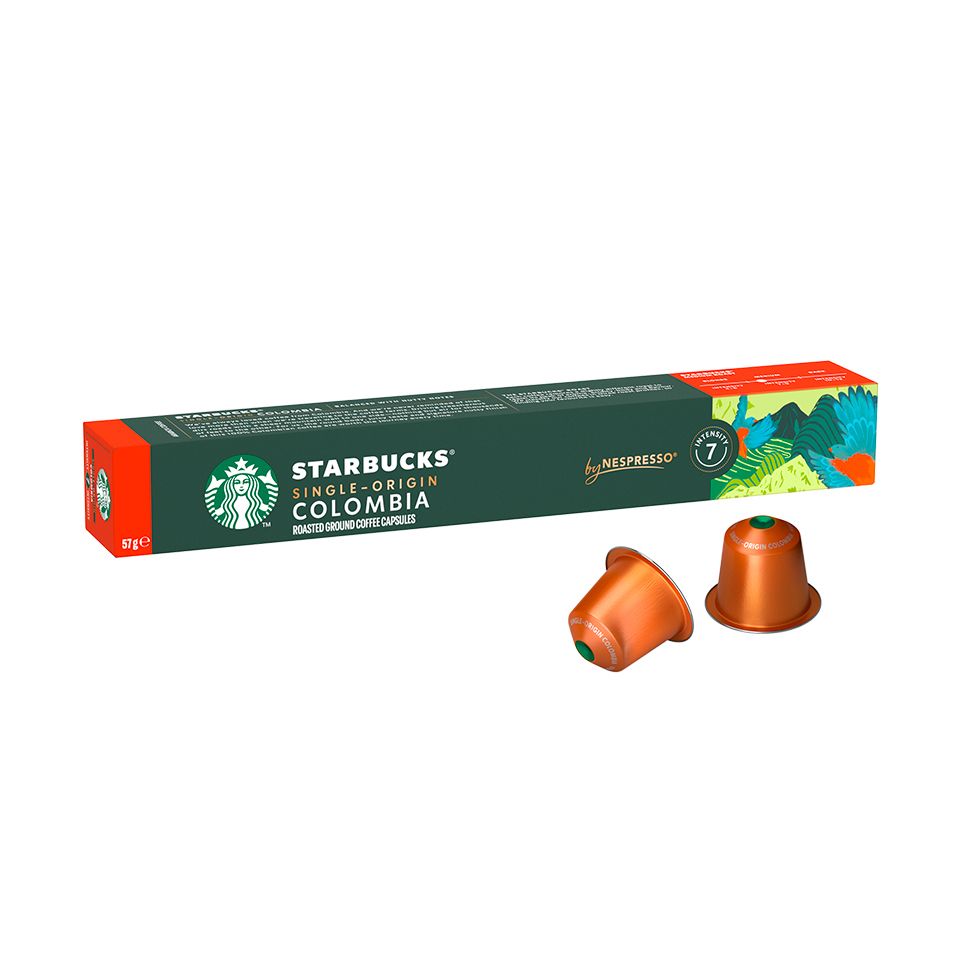A Starter’s Guide to Understanding SOE Single Origin Espresso
A Starter’s Guide to Understanding SOE Single Origin Espresso
Blog Article
Discovering the Abundant Tastes of Coffee Beans: a Deep Study Coffee and Blended Coffee Beans
When you check out the abundant flavors of coffee beans, you discover a complex world where each selection brings its very own character to your cup. Understanding the beginnings, refining techniques, and roasting techniques can change your coffee experience. As you browse through the art of coffee and the creative thinking behind mixed coffees, you'll begin to appreciate the nuances that make each sip one-of-a-kind. What you'll uncover following may alter the way you enjoy your morning mixture.
The Beginnings of Coffee Beans: Discovering Terroir and Taste Profiles
When you take a sip of coffee, you're not simply enjoying a beverage; you're experiencing an abundant tapestry of tastes formed by the beans' beginnings. Each region produces distinct taste accounts influenced by dirt, climate, and elevation. For instance, beans from Ethiopia frequently break with bright, fruity notes, while those from Colombia tend to use a balanced, nutty sweet taste.
As you explore various beginnings, you'll notice exactly how terroir-- the ecological aspects affecting a plant-- plays an important duty - Single Origin Espresso. The exact same coffee variety can taste significantly various relying on where it's grown
When you think about these factors, you begin to value the complexity behind your cup. Each sip narrates of the land and the farmers that nurtured the beans. So, following time you delight, think of the trip your coffee took prior to it reached your hands, and enjoy those detailed flavors that show its beginning.
Recognizing Coffee: The Art and Scientific Research Behind the Mixture
When you consider coffee, it's not simply concerning the solid flavor; it's also about the strategies that bring it to life. Recognizing just how different preparation methods influence preference can transform your brewing experience. Allow's check out the ins and outs of espresso preparation and reveal the one-of-a-kind taste profiles that make each cup unique.
Coffee Preparation Techniques
Coffee preparation is both a science and an art, incorporating accurate methods with a deep understanding of coffee. To start, you'll want to pick top notch, newly roasted beans and grind them carefully for optimal removal (Single Origin Espresso). The work size is essential; as well coarse, and your coffee will be weak, also fine, and it'll be bitter
Following, tamp the grounds equally in the portafilter to ensure uniform removal. When you lock it right into the maker, objective for a developing temperature between 190 ° F and 205 °
F.As you draw the shot, watch for the excellent extraction time-- around 25-30 secs. The result should be an abundant, luscious espresso with an attractive layer of crema ahead. With method, you'll master these strategies.
Flavor Accounts Discussed
The globe of coffee supplies a rich tapestry of taste accounts that can boost your coffee experience. When you take that initial sip, you'll notice an equilibrium of acidity, bitterness, and sweet taste. Each coffee bean lugs special notes, from floral and fruity to nutty and chocolaty. Light roasts typically display bright level of acidity and vivid flavors, while dark roasts present deeper, bolder tones.
A well-crafted blend could balance the brilliant notes of an Ethiopian bean with the rich, chocolatey undertones of a Brazilian bean. Embrace the trip of uncovering coffee's diverse flavors, and you'll transform your coffee ritual into an interesting experience.
Processing Methods: How They Influence Flavor and Aroma
While it might seem that the origin of coffee beans is the most significant aspect in establishing their taste and aroma, the processing approaches used post-harvest play a just as important role. You'll locate that these approaches can substantially change the final preference profile of your mug.
As an example, the washed procedure removes the fruit from the beans prior to fermentation, typically resulting in a cleaner, brighter taste. On the other hand, the natural process leaves the fruit undamaged during drying out, resulting in a sweeter, fruitier account.
Other approaches, like honey processing, strike an equilibrium, allowing some fruit mucilage to stay, giving a special complexity.
Each processing strategy communicates with the beans' integral qualities, improving or silencing particular tastes and fragrances. When you drink that espresso or mixed coffee, keep in mind that the trip from cherry to cup is affected not simply by origin but likewise by just how those beans were processed.
Roasting Methods: Opening the Full Potential of Coffee Beans
Roasting methods are vital for exposing the full potential of coffee beans, as they transform raw, eco-friendly beans right into the aromatic, tasty coffee you take pleasure in. The selection of toasting method-- light, medium, or dark-- substantially influences flavor accounts.
A slower roast at lower temperature levels permits for complicated flavors to create, while a quicker roast can intensify anger. By grasping these techniques, you'll reveal a globe of taste, elevating your coffee experience to brand-new elevations.
The Magic of Blended Coffee: Creating Unique Taste Experiences
Producing a distinct taste experience with combined coffee can change your morning routine right into an exploration of taste. By combining various beans from different regions, you can disclose a symphony of tastes that raise your cup to brand-new heights. Each mix deals an unique profile, stabilizing body, level of acidity, and sweet taste to create something absolutely special.
When you check this site out pick a blend, you're not just picking a coffee; you're choosing a journey across varied landscapes and societies. Explore various mixes allows you to uncover your individual favorites, whether you take pleasure in fruity notes or abundant, chocolatey undertones.

Sampling Notes: Recognizing the Nuances in Your Mug
As you drink your coffee, you might observe a range of flavors dancing on your taste buds, each disclosing the ins and outs of the beans. You may taste the brilliant level of acidity reminiscent of citrus or the deep, rich notes akin to dark delicious chocolate. The sweetness might stimulate honey or caramel, stabilizing the total profile magnificently.
Take notice of the body of the coffee-- does it feel airy and light, or is it complete and creamy? The surface, also, supplies ideas; a lingering aftertaste may hint at nuttiness or floral touches.

Don't forget to explore the unique characteristics of various beginnings, as each region passes on distinct tastes - Single Origin Espresso. For example, Ethiopian coffees commonly present fruity notes, while Colombian beans might display an extra rounded sweetness. By recognizing these subtleties, you'll grow your recognition for every cup, elevating your coffee experience to new heights

Developing Approaches: Making Best Use Of Taste Removal for each Bean
When you explore the numerous developing techniques, you'll find that each technique can considerably influence the taste profile of your coffee. From French press to pour-over, each technique extracts various compounds, enhancing or silencing certain notes. For example, using a French press permits oils to stay in the mixture, creating a richer preference, while pour-over highlights clarity and illumination.
Temperature and grind dimension also play necessary roles. A coarser grind functions best for cold brews, while a great work is optimal for coffee. Try out water temperature level-- in between 195 ° F and 205 ° F-- can reveal concealed tastes, too.
Don't neglect about steeping time; a fast removal can lead to sour notes, while over-extraction may produce anger. By adjusting these variables, you can maximize flavor extraction and absolutely elevate your coffee experience. Delight in the trip of uncovering what method finest fits your taste!
Frequently Asked Questions
What Is the Suitable Water Temperature Level for Developing Coffee?
The ideal water temperature for brewing coffee's between 195 ° F and 205 ° F. If you utilize water that's as well warm, you'll over-extract tastes; also cool, and you will not remove sufficient. Go for that sweet area for the finest brew!
Exactly How Does Work Dimension Impact Coffee Taste?
Work dimension substantially affects coffee flavor. Finer grinds extract much more tastes and oils, causing a bolder taste, while coarser grinds return a lighter taste. Readjusting work dimension aids you attain your wanted coffee account.
Exist Health And Wellness Conveniences Surrounding Alcohol Consumption Coffee?

What Is the Distinction In Between Arabica and Robusta Beans?
Arabica beans are smoother and sweeter, commonly featuring fruity flavors, while robusta beans are more powerful with a bitter preference and greater caffeine content. You'll notice these distinctions in scent and brewing go now experience.
How Can I Store Coffee Beans for Quality?
To keep coffee beans for freshness, keep them in an airtight container, far from light, warm, and wetness. If you only grind what you need right prior to brewing., you'll keep their taste longer.
Exploring the Abundant Tastes of Coffee Beans: a Deep Dive Into Espresso and Blended Coffee click for more info Beans.
When you discover the abundant flavors of coffee beans, you reveal a complicated world where each selection brings its very own character to your mug.When you take a sip of coffee, you're not simply appreciating a drink; you're experiencing a rich tapestry of flavors formed by the beans' beginnings.Roasting methods are important for disclosing the full possibility of coffee beans, as they transform raw, green beans into the fragrant, tasty coffee you appreciate.As you sip your coffee, you could notice a range of tastes dancing on your palate, each disclosing the intricacies of the beans.
Report this page